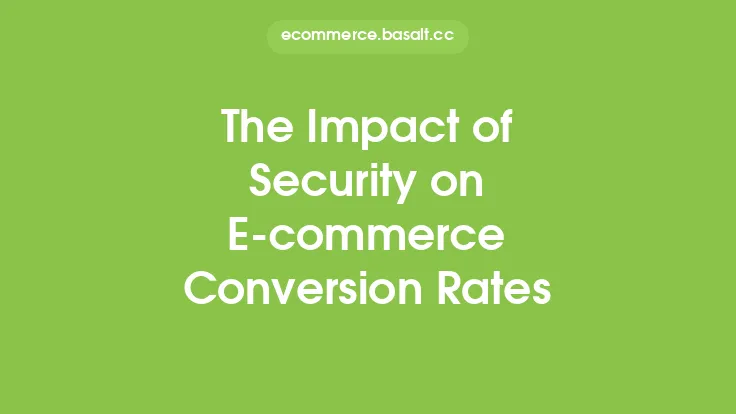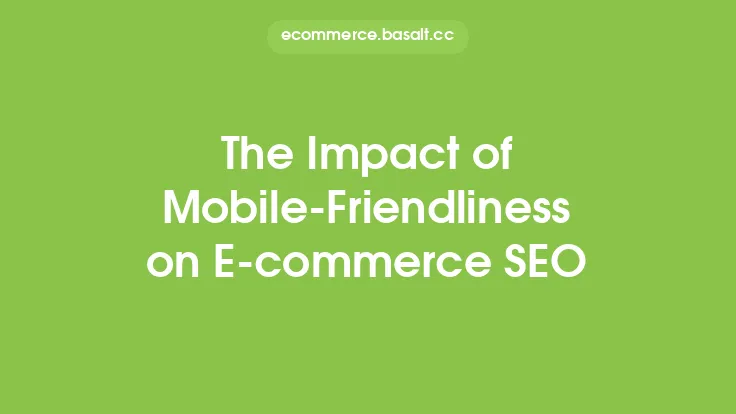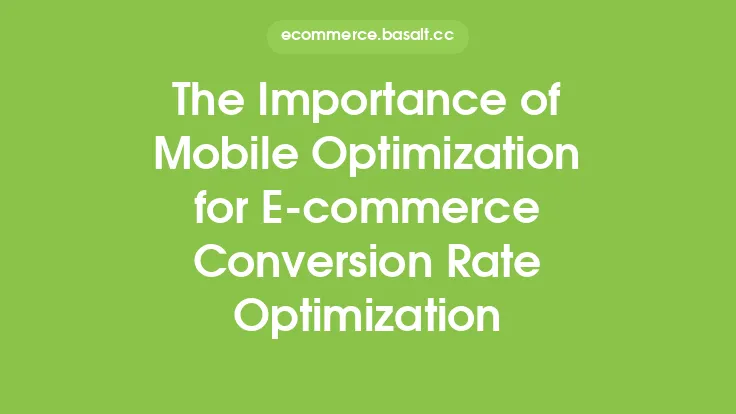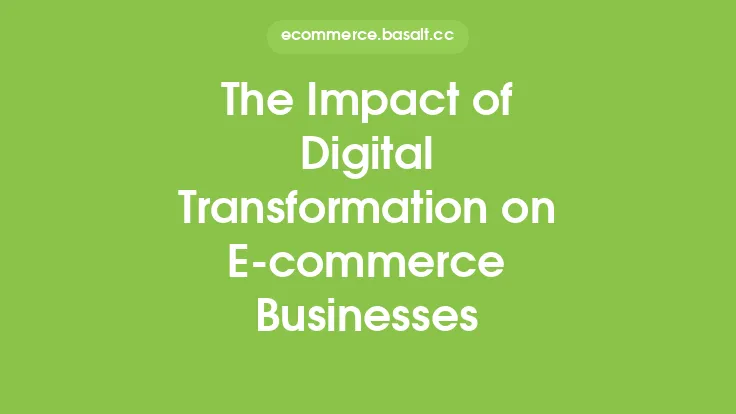When it comes to e-commerce, conversion rates are a crucial metric for measuring the success of an online store. Conversion rates refer to the percentage of website visitors who complete a desired action, such as making a purchase, filling out a form, or signing up for a newsletter. One often overlooked factor that can significantly impact e-commerce conversion rates is page speed. In today's fast-paced digital landscape, consumers expect a seamless and efficient online shopping experience, and slow-loading pages can be a major turn-off.
Understanding Page Speed
Page speed refers to the time it takes for a website to load and become interactive. It's a critical aspect of user experience, as slow-loading pages can lead to frustration, abandonment, and ultimately, lost sales. Page speed is measured in seconds, and it's generally recommended that e-commerce websites aim for a load time of under 3 seconds. According to Google, 53% of mobile users will abandon a website if it takes longer than 3 seconds to load. This highlights the importance of optimizing page speed to ensure a smooth and efficient user experience.
The Impact of Page Speed on Conversion Rates
Numerous studies have demonstrated the significant impact of page speed on e-commerce conversion rates. A study by Amazon found that for every 1-second delay in page loading, conversion rates decreased by 7%. Similarly, a study by Walmart found that improving page speed from 4 seconds to 2 seconds resulted in a 10% increase in conversions. These findings suggest that even small improvements in page speed can have a significant impact on conversion rates. Furthermore, a slow-loading website can also negatively impact search engine rankings, as Google takes page speed into account when determining search engine rankings.
Factors Affecting Page Speed
Several factors can affect page speed, including image file size, JavaScript and CSS files, server response time, and network latency. Large image files, for example, can significantly slow down page loading times, while excessive JavaScript and CSS files can also contribute to slower load times. Server response time, which refers to the time it takes for a server to respond to a user's request, can also impact page speed. Network latency, which refers to the time it takes for data to travel from the server to the user's browser, can also contribute to slower page loading times.
Optimizing Page Speed for E-commerce
Fortunately, there are several strategies that e-commerce businesses can use to optimize page speed and improve conversion rates. One of the most effective strategies is to optimize image file sizes by compressing images and using image compression tools. Additionally, e-commerce businesses can minify and compress JavaScript and CSS files to reduce their size and improve page loading times. Using a content delivery network (CDN) can also help to reduce network latency and improve page speed. Furthermore, e-commerce businesses can use caching to store frequently-used resources, such as images and JavaScript files, to reduce the number of requests made to the server.
Best Practices for Page Speed Optimization
To optimize page speed, e-commerce businesses should follow several best practices. First, they should use a fast and reliable web hosting service that can handle high traffic volumes. Second, they should optimize image file sizes and use image compression tools to reduce the size of images. Third, they should minify and compress JavaScript and CSS files to reduce their size and improve page loading times. Fourth, they should use a CDN to reduce network latency and improve page speed. Finally, they should use caching to store frequently-used resources and reduce the number of requests made to the server.
Measuring Page Speed
To measure page speed, e-commerce businesses can use several tools, including Google PageSpeed Insights, GTmetrix, and Pingdom. These tools provide detailed reports on page speed, including load times, page size, and the number of requests made to the server. They also provide recommendations for improving page speed, such as optimizing image file sizes and minifying JavaScript and CSS files. By using these tools, e-commerce businesses can identify areas for improvement and optimize their website for faster page loading times.
Conclusion
In conclusion, page speed is a critical factor that can significantly impact e-commerce conversion rates. By understanding the factors that affect page speed and implementing strategies to optimize page speed, e-commerce businesses can improve the user experience, increase conversion rates, and ultimately drive more sales. By following best practices for page speed optimization, such as optimizing image file sizes, minifying JavaScript and CSS files, and using a CDN, e-commerce businesses can ensure that their website loads quickly and efficiently, providing a seamless and enjoyable user experience.





